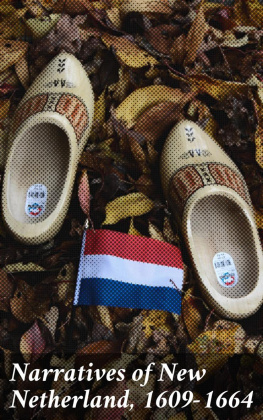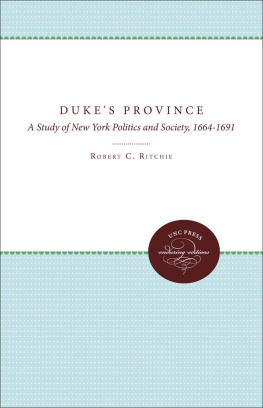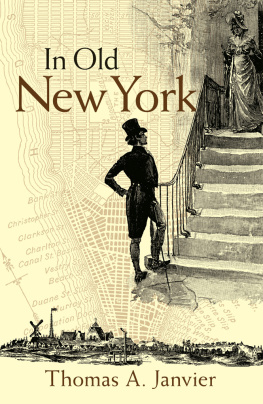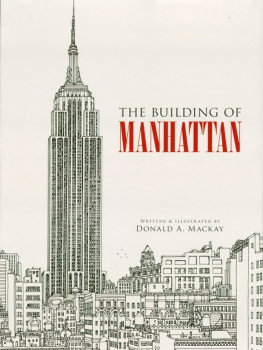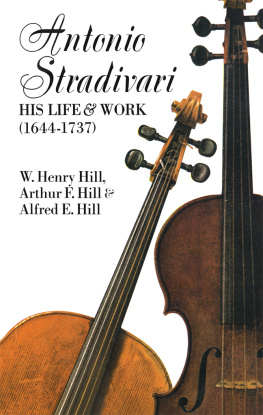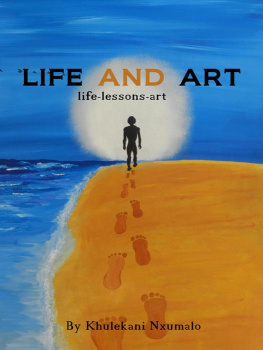Preface
Writing about the colonial period of United States history presents historians with a special problem. Unlike scholars concerned with the Revolution or later eras, they must deal with at least thirteen separate entities rather than a single nation. Narratives about individual provinces provide indispensable information for the specialist, but of necessity they offer a fragmented image of the colonial past. To readers more familiar with the national scope of histories of later times, such studies must seem quite parochial.
In order to develop themes with general content, many historians have attempted instead to uncover social processes and developmental patterns common to the colonial experience. Taking advantage of the small populations in provincial settlements, some scholars have culled the vital records of single communities to construct detailed accounts of colonial life. Through study of two elemental units of society, the family and the village, they have hoped to find the essence of early America. Their investigations, which often have had a demographic orientation, rank with the most creative research of recent years, but the approach they have chosen has disadvantages.
Though examinations of individual towns have led to the formulation of provocative theses, this approach logically requires the completion of many such studies before generalizations can be safely made about colonial society. Unfortunately, circumstances are not propitious for the conduct of a sufficient number of these investigations. The research can be tedious and repetitive; scholars who have completed projects of this type have subsequently turned to fresh areas of endeavor. And imaginative graduate students, especially in a period of economic crisis, are reluctant to limit themselves to replicating earlier works.
Moreover, this type of research is best suited to the study of settlements of modest size for which ample sources are available. This tendency has been beneficial insofar as it has brought needed attention to towns and villages of the type in which the great majority of colonists lived. But it has also produced a hesitance on the part of scholars to study larger communities, which had a disproportionately greater impact on society but whose records are often complex and incomplete.
In this book I have tried to apply techniques associated with community studies to research on a major colonial city, New York. The advantages of studying a community whose history is of prime importance outweigh the dangers of depending on sources of uneven quality. In particular, this approach affords a new means of investigating political and social phenomena of broad significance.
Primarily, this book is an examination of the aftermath of the English capture of New York City from the Dutch. Historians have treated the take-over as a simple change of international jurisdiction, the consequences of which were of little import to the community. I believe, however, that the conquest produced basic social, economic, and political changes, which in turn laid the foundation for the tumultuous events of the closing years of the seventeenth century.
In broader terms, the book is an analysis of the factors underlying the political behavior of ordinary colonists. I have searched for the issues which, in an age of political deference to the wealthy and well-born, could produce controversy and popular excitement. My conclusions indicate that early New Yorkers responded to stimuli surprisingly similar to those affecting American citizens in the nineteenth and twentieth centuries.
The results of my investigations, I believe, justify the study of colonial urban society from a community perspective. And they suggest that historians should shift their focus from New England to the middle colonies and particularly to the cities of New York and Philadelphia. Indeed, the experiences of these provinces may hold the key to the origin of the democratic ethos and institutions of America.
Many people gave me valuable guidance as I worked on this book. They fit into the overlapping categories of teachers, friends, and family. All of them deserve credit for whatever strong points the study may have; none deserve blame for its weaknesses.
My admiration for and gratitude to Richard B. Morris of Columbia University are profound. Incisive, witty, and kind, he knows how to apportion direction and freedom, criticism and encouragement. The diversity of interests among Professor Morriss students is obvious testimony to his breadth of knowledge.
Michael Kammen of Cornell University, from his first reading of the manuscript which evolved into this book, has given unstintingly of advice and assistance. Professor Kammens efforts have been an example of the finest traditions of scholarly cooperation.
Stuart Bruchey, Kenneth Jackson, James S. Young, and the late Wallace Sayre of Columbia University, and Pauline Maier of the University of Massachusetts at Boston made prudent and constructive suggestions. Patricia Bonomi of New York University, Lawrence Leder of Lehigh University, and Jackson Turner Main of the State University of New York at Stony Brook offered useful comments when I presented papers dealing with phases of the research. John Murrin of Princeton University has been generous with advice and encouragement.
Colonels Thomas Griess, Amos Jordan, Roger Nye, and Lee Don Olvey supported my efforts to complete my research while I served in the Army as a member of the faculty at the United States Military Academy at West Point. The Department of History at the University of Wisconsin has provided a congenial and stimulating environment. I especially appreciate the interest Allan Bogue, Paul Conkin, Merrill Jensen, and David Lovejoy have shown in my endeavors.
The staffs of many institutions have made the work easier and more efficient. I want in particular to thank the persons who eased my labors at the Hall of Records, the Criminal Court Library, the Historic Documents Collection at Klapper Library, Queens College, City University of New York, the Special Collections of Butler Library at Columbia University, the New York Historical Society, the New York Public Library, the New York Genealogical and Biographical Society, and the Wisconsin Historical Society.
I would like to thank the Board of Regents of the State of New York for awarding me College Teaching and Herbert Lehman Fellowships, and I would like to express my appreciation to the Woodrow Wilson Foundation for a dissertation fellowship. Without these awards, completion of the research would have been much more difficult.



 CONQUEST AND CHANGE
CONQUEST AND CHANGE
